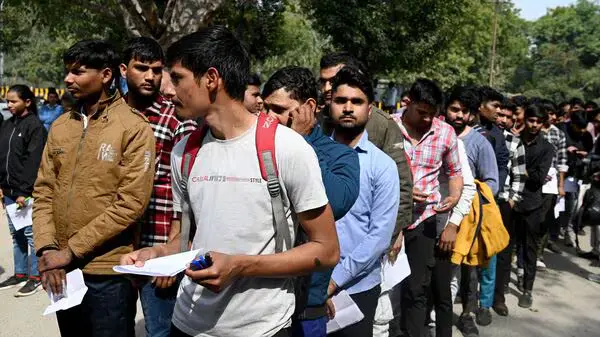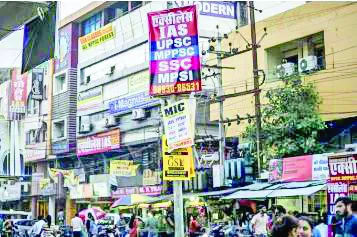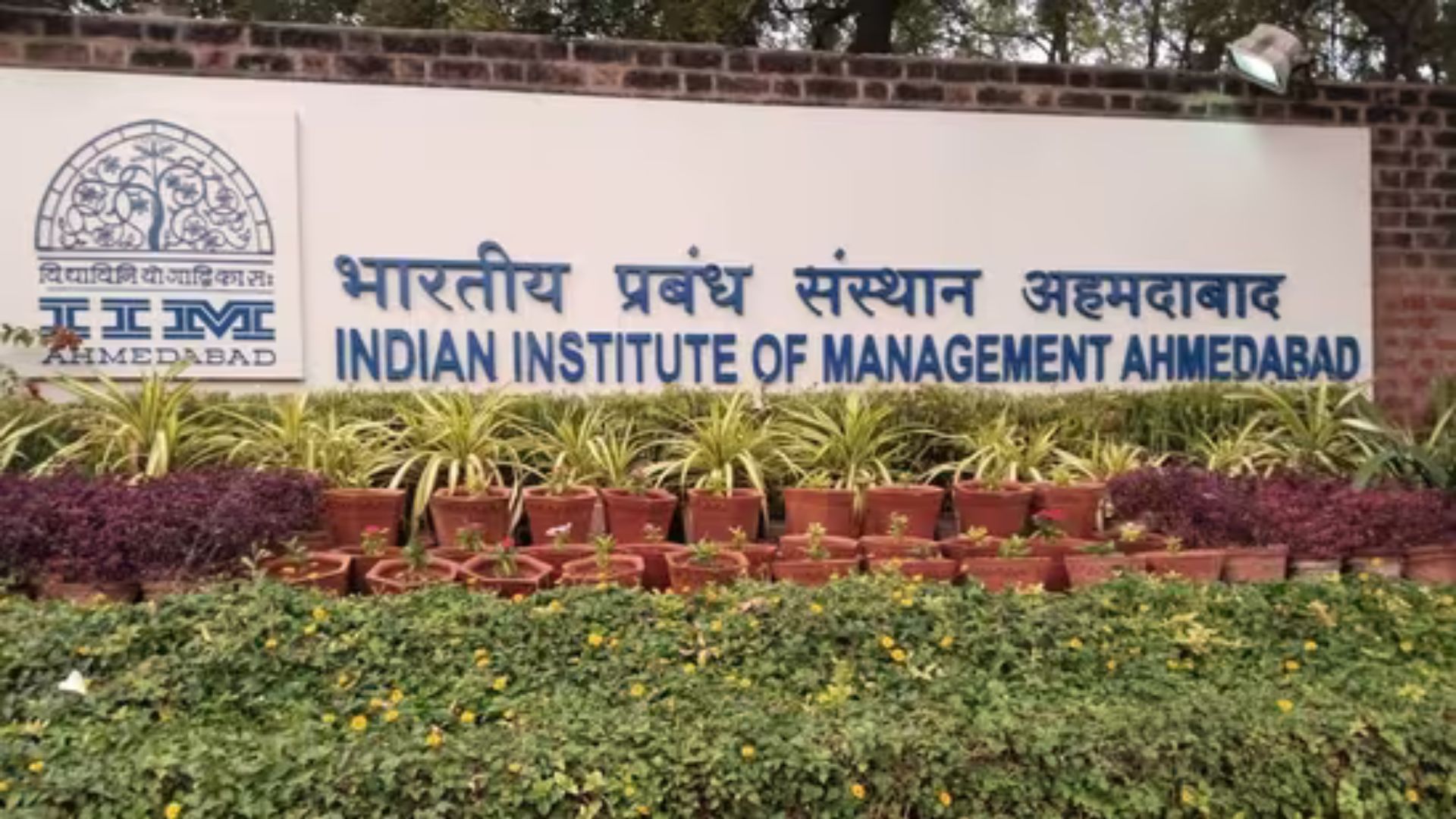The Uttar Pradesh Board of Madrasa Education is making a big change. They are introducing biometric attendance systems for teachers in all 16,000 registered and 560 aided madrasas. Right now, this digital system is already in place at 171 aided madrasas. The board plans to have the system in all registered and aided madrasas within a year. This new system aims to reduce absenteeism and fraud, improving education quality and administration in madrasas.
History of Madrasas in India
Madrasa are traditional Islamic schools that have been around for centuries. In India, they have played a crucial role in providing religious and general education to Muslim students. Over the years, madrasas have faced challenges in modernizing and integrating new technologies. However, the recent steps taken by the Uttar Pradesh government show a strong move towards modernization.
Why Biometric Attendance?
Biometric attendance systems use fingerprints or other unique physical features to record attendance. This technology helps ensure that teachers are present and doing their jobs. It prevents issues like fake attendance records and helps keep track of who is actually teaching the students.
Official Statements and Future Plans
Officials from the minority welfare department have expressed that using technology in educational institutions, especially madrasas, is a significant step towards modernization and efficiency. J. Reebha, the director of the department, stated, “The Board has mandated the implementation of biometric attendance systems in madrasas across the state. Additionally, CCTV cameras have been installed near biometric machines to further prevent fraudulent activities. This directive, which initially faced opposition, has now been largely accepted due to the department’s stringent enforcement.”
Reebha also mentioned that the next step would be to implement biometric attendance for all students in madrasas. This move shows a strong commitment to using technology to improve education.
The introduction of biometric attendance systems in Uttar Pradesh madrasas is a significant step towards modernizing these traditional institutions. By ensuring that teachers are present and actively teaching, the quality of education in madrasas is expected to improve. This change represents a broader effort to integrate technology into education, making it more efficient and reliable.























